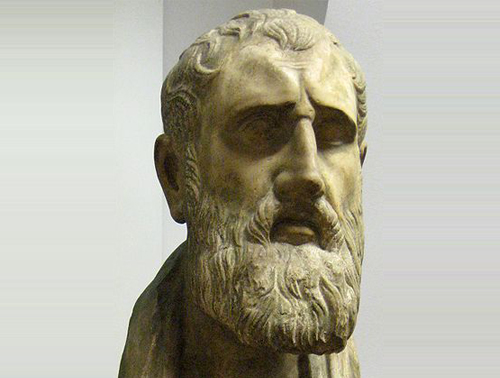
Modern physics meshes with an ancient problem: The One and the Many. How can there be real unity in a universe that seems so multiple? Two thousand years of thinkers grapple with the thought of Zeno’s paradox. Whitehead and Russell call it ‘immeasurably subtle and profound.’ Zeno has no monopoly on the Problem of the One and the Many. For example it lies at the heart of Taoist philosophy, the principle that unifies the universe―tai chi. This principle proceeds from recognizing that the universe is one thing.
Physics now finds many manys in the universe―many miles and many seconds, many atoms, many suns. But it says the universe when it begins is small. Surely then it was just one. Could this be a new version of the problem: How could many manys result from the one? What if there were not always things between the things that are? Would that mean Zeno’s right―the things that are, are limited?